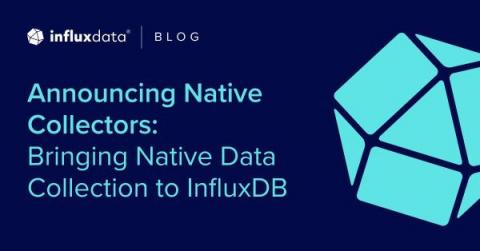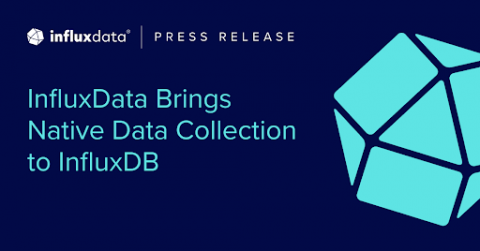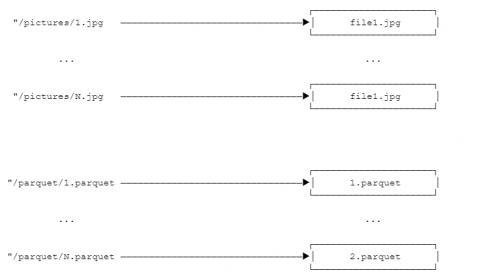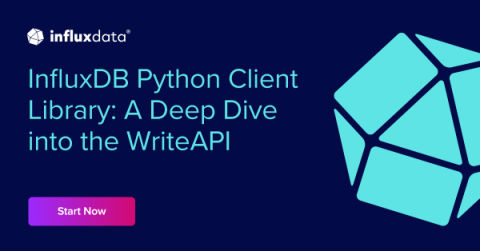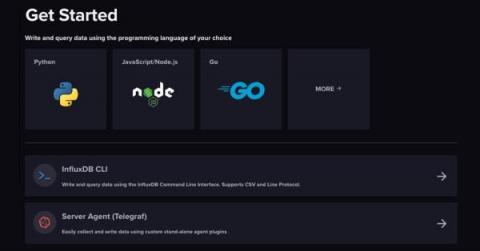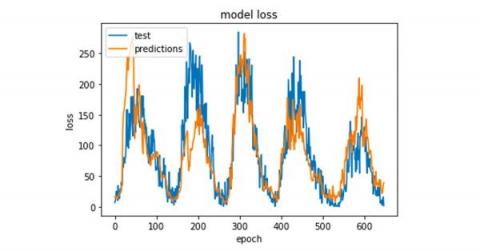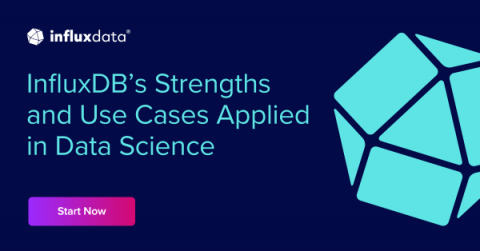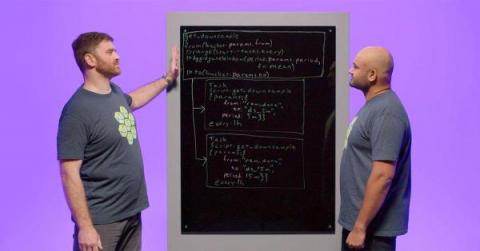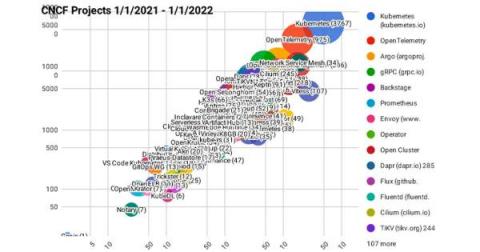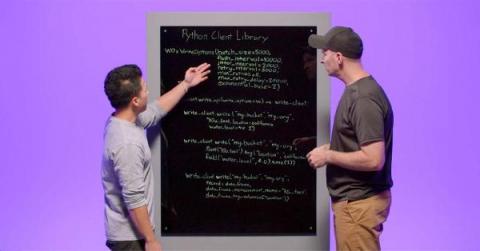Announcing Native Collectors: Bringing Native Data Collection to InfluxDB Cloud
Streaming time series data from brokers and services that are on-premises or in the cloud to a cloud-based database is a resource-intensive process requiring third-party software and heavy customizations. Today we’re announcing InfluxDB Native Collectors to make it easy for developers to collect, process, and analyze data by subscribing directly to supported message brokers.


